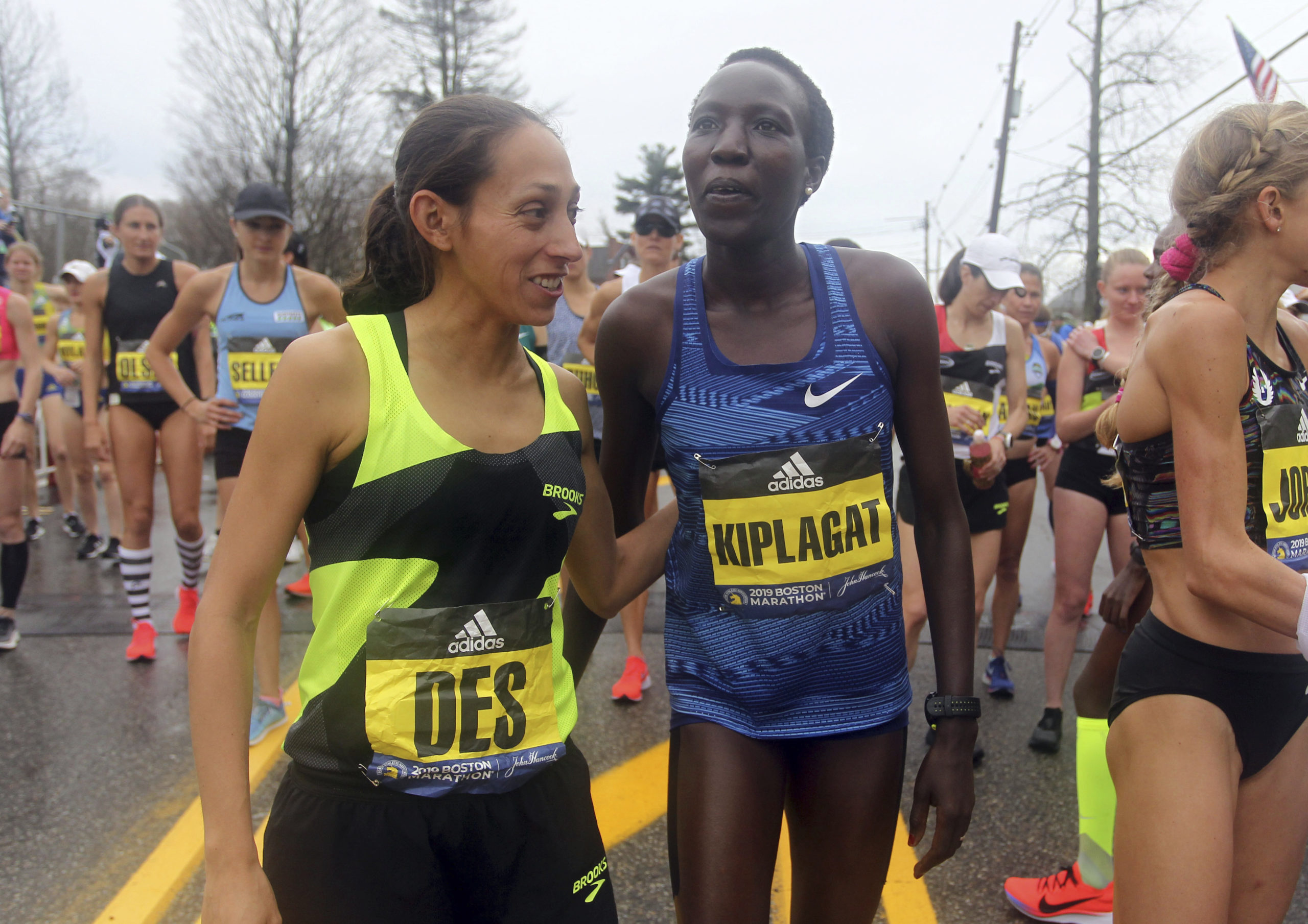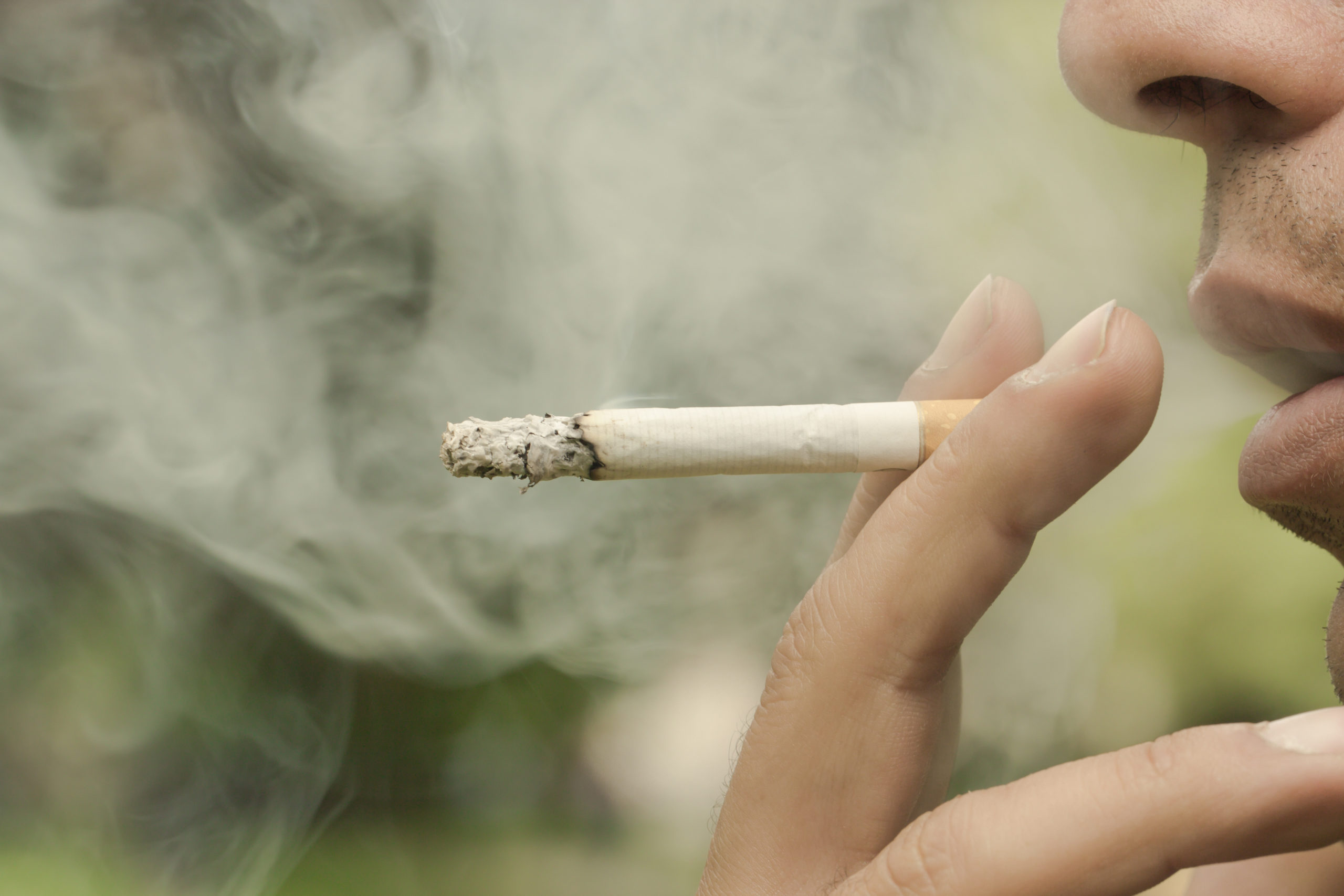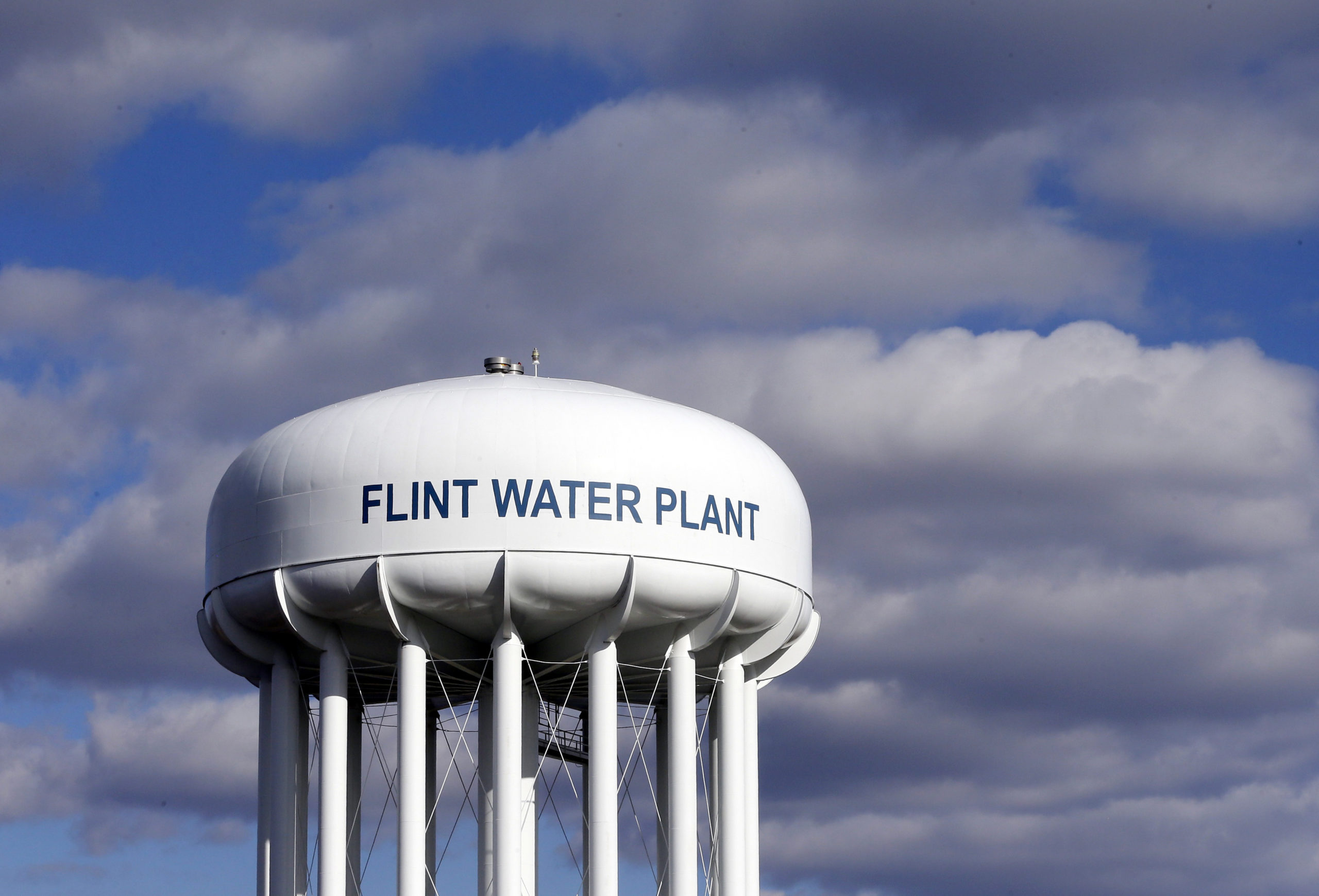First published in 1990, America’s Health Rankings Annual Report provides a yearly state-by-state analysis of the nation’s health.
The foundation uses 19 data sources to evaluate five different health categories: behaviors, community and environment, policy, clinical care and health outcomes to rank the health of each state and the country as a whole.
Overall, the latest results are good. The percentage of children in poverty continues to decrease, the provision of mental health services is on the up, smoking among adults has fallen 45% since the first Annual Report in 1990, air pollution has decreased 36% since 2003, and infant mortality rate is at its lowest in 30 years.
The state-by-state look paints a different picture. Here are the results, from the healthiest state in the U.S. to the unhealthiest. How does yours fare?
1. Vermont

The healthiest state in this year’s report is Vermont, jumping three spots since last year. The state now ranks in the top across the behaviors, community and environment, and policy categories. Among Vermont’s strengths are a low uninsured population (4.3% of the state population compared to 8.8% nationally) and a low violent crime rate (172 offenses per 100,000 compared with 381 offenses per 100,000 nationally).
2. Massachusetts
Massachusetts scored well in terms of obesity (25.7% of adults), smoking (13.4% of adults) and high school graduation (88.3% of adults). It was also a strong performer in the policy category, with only 2.8% of the state population uninsured, higher than the top-ranking state, Vermont (4.3%). Massachusetts also has a low infant mortality rate and a high rate of mental health providers.
3. Hawaii
Among Hawaii’s strongest points are a low prevalence of obesity (24.9% of adults) and a low cancer death rate (159.1 deaths per 100,000 population). Since 2013, air pollution in Hawaii has decreased 41%, from 9.1 to 5.4 micrograms of fine particles per cubic meter. Areas that still need work include excessive drinking, high school graduation rates and Tdap (tetanus, diptheria, pertussis) immunization coverage among adolescents.
4. Connecticut
Connecticut secures a place in the top five thanks to its low prevalence of smoking, a high rate of primary care physicians and a low cardiovascular death rate. The state has 73.3 dentists per 100,000 people and 396.9 mental health providers per 100,000 people, which is good. Challenges facing the state are the high prevalence of excessive drinking (19% of adults) and high drug death rate (26.4 deaths per 100,000 people).
5. Utah

Utah maintains its number five spot from the 2019 report thanks to a low prevalence of physical inactivity, a low cancer death rate and a low percentage of children in poverty. Noteworthy developments in recent years include an increase in high school graduation from 76% to 86% of students since 2013. In the past two years, mental health providers in Utah have increased 14%, from 293.4 to 355.5 per 100,000 people.
6. New Hampshire

Another non-mover this year is New Hampshire. The state boasts low levels of air pollution (the lowest of all states this year), low infant mortality rate and high Tdap immunization coverage among adolescents. However, it also suffers from a high prevalence of frequent mental distress and a high drug death rate.
7. Minnesota
Yet another non-mover on this year’s list is Minnesota. It scores well for physical inactivity (only 20.5% of adults) and drug deaths (12.1 deaths per 100,000 population), but there’s still room for improvement. There’s a high prevalence of excessive drinking, and 30.1% of adults in Minnesota are obese.
8. New Jersey
New Jersey moves up three spots to achieve a No. 8 ranking. Among its strengths are a high percentage of high school graduation (90.5% of students) and a low violent crime rate (208 offenses per 100,000 population). Challenges faced by New Jersey include physical inactivity (28.5% of adults) and low immunization coverage among children.
9. Washington

Washington holds onto its No. 9 rank from last year and boasts a low prevalence of smoking (12% of adults), low occupational fatality rate (2.7 deaths per 100,000 workers) and low infant mortality rate (4.1 deaths per 1,000 live births). In the past year, children in poverty decreased 13%, from 14.3% to 12.5% of children.
10. Colorado
Colorado drops two places this year but still stays within the top 10. In the past two years, mental health providers increased 14%, from 313.5 to 356.4 per 100,000 people, and in the past year, frequent mental distress decreased 4%, from 11.6% to 11.1% of adults. Other strong points are a low prevalence of physical inactivity and a low prevalence of diabetes. However, there’s a high rate of excessive drinking in Colorado (20.8% of adults) and violent crime seems to be on the rise.
11. New York

New York experienced the largest improvement since 1990, rising an impressive 29 ranks. Its improvement is partly due to decreases in premature death, which dropped from 9,754 to 5,830 years lost before age 75 per 100,000, and a decline in infant mortality from 10.7 to 4.5 deaths per 1,000 live births. Violent crime dropped from 1,007 to 351 offenses per 100,000, and cancer deaths declined from 205.6 to 176.4 deaths per 100,000. However, drug deaths have been rising in the past three years and there’s more chlamydia within the population.
12. California
California, which doesn’t change position from last year’s rankings, fares pretty well when it comes to behaviors — its rate of physical inactivity is 21% of adults, the rate of smoking is 11.2% of adults and drug deaths are 12.1 per 100,000 population. The state also has a low premature death rate and a low infant mortality rate. However, there are high levels of air pollution and a low percentage of high school graduation, along with a big disparity in health status by high school graduation.
13. Rhode Island
Rhode Island is up one place from the 2018 Annual Report. It fares well in terms of its low violent crime rate (219 offenses per 100,000 population), high rate of primary care physicians (274.9 per 100,000 population, the best in the country) and low percentage of uninsured population (4.4%). But Rhode Island still has challenges to overcome: a low rate of dentists and high drug death rate, for starters.
14. North Dakota

North Dakota is down one place this year, but still two places higher than its 2010 ranking. It has low levels of air pollution (4.6 micrograms of fine particles per cubic meter) and a low percentage of children in poverty (9.9% of all children). However, obesity has increased 6% from 33.1% to 35.1% in the past year, and violent crime has increased 254% since 2005 — from 79 to 281 offenses per 100,000 population.
15. Virginia
Virginia has a reason to celebrate: it rose five spots from the 2018 rankings. This was largely due to advances in the outcomes category, especially for disparity in health status by high school graduation, which decreased from 33.3% to 26.2%. In the behaviors category, Virginia saw a major decline in the physical inactivity category, dropping from 25.9% to 22%. It also has low numbers of children in poverty, a low violent crime rate, and high immunization rates among children. But it still suffers in terms of public health funding per capita.
16. Idaho
There’s no change for Idaho this year and it’s back to its 2000 ranking, which is one place lower than its ranking when the Annual Report was first published in 1990. This state’s strengths are a low violent crime rate and low prevalence of low birthweight. The challenges it faces include a low percentage of high school graduation (79.7% of students) and low HPV immunization coverage among adolescent males (39.2%).
17. Nebraska
Nebraska drops two places in the Annual Report this year. It has low drug death rate (7.2 deaths per 100,000 population) and high immunization coverage among children, but it doesn’t perform so well when it comes to excessive drinking (22.3% of adults) or obesity (34.1% of adults). And since 2013, diabetes has increased 20% from 8.1% to 9.7% of adults in the state.
18. Maryland
Moving up one place from last year’s ranking, Maryland has made steady progress since the inaugural Annual Report, when it ranked No. 31. Today, it has a low prevalence of excessive drinking, a low prevalence of children in poverty and a low rate of frequent mental distress. It still needs to tackle its high drug death rate (30.2 deaths per 100,000 population) and its high violent crime rate (469 offenses per 100,000 population).
19. Wyoming

Wyoming rose five places in the rankings since the previous year’s results. Most notable were improvements in high school graduation numbers, which rose from 80% to 86.2%, and rates of physical inactivity, which decreased from 25.7% to 21.7%. In the policy category, HPV immunization among females rose 20.8 percentage points from 33.6% to 54.5%.
20. Iowa

Iowa drops two places in the rankings from last year, and the overall picture since the Annual Report was first published isn’t great. In 1990, Iowa ranked at No. 6. Today, it has a high prevalence of excessive drinking, a high prevalence of obesity and a large difference in health status by high school education. However, it has a high percentage of high school graduation (91% of students) and a very low prevalence of frequent mental distress (10.2% of adults) and frequent physical distress (9.6% of adults).
21. Maine
Maine is one of the states that experienced the largest declines, dropping five ranks. This was driven by decreases in the behaviors category, especially relating to obesity (an increase from 29.1% to 30.4%) and a significant increase in drug deaths (from 21.6 to 27 deaths per 100,000). Also, smoking increased from 17.3% to 17.8%.
22. Oregon

Dropping one place since last year’s rankings, Oregon has low prevalence of physical inactivity (19.3% of adults) and a high rate of mental health providers (522.3 per 100,000 population). However, it has a low percentage of high school graduation (76.7% of students, which is the second-lowest of all states) and a high prevalence of frequent physical distress (15.6% of adults).
23. Wisconsin

Wisconsin’s 2019 ranking is 16 places lower than it was in the first Annual Report in 1990. It experienced an increase in violent crime (250 to 295 offenses per 100,000, although this is a decrease from 2018), and only relatively small improvements compared to other states in smoking (26.3% to 16.4%) and infant mortality (8.9 to 6.4 deaths per 1,000 live births). But it does have low pollution levels, low levels of diabetes and fewer uninsured people.
24. Montana

Down three places since last year, Montana has a long way to go before it reaches its 1990 ranking of No. 13. Its challenges include a high prevalence of excessive drinking and a low rate of primary care physicians. However, it has a low prevalence of obesity (26.9% of adults), low prevalence of diabetes (9.3% of adults) and low incidence of chlamydia (434.1 cases per 100,000 population).
25. South Dakota

South Dakota was No. 17 in 1990 when the Annual Report began, but this year it ranks at No. 25, which is no change from last year. The state has low levels of air pollution (5.1 micrograms of fine particles per cubic meter) and low prevalences of frequent mental and physical distress — in fact, it ranks first in the nation for these two metrics. But it needs to work on its prevalence of excessive drinking, which is currently 23.2% of adults, and its high occupational fatality rate (6.7 deaths per 100,000 workers).
26. Illinois

Another non-mover in the rankings is Illinois, which has risen eight places since the first Annual Report in 1990. Its strengths include high immunization coverage among children, high rate of dentists (67.3 per 100,000 population) along with primary care physicians (190 per 100,000 population) and low prevalence of frequent physical distress (11.4% of adults). However, it has a high prevalence of excessive drinking (20.4% of adults) and high levels of air pollution (9.3 micrograms of pollution per cubic meter).
27. Alaska

Alaska is one of the states that made the greatest improvements since the 2018 list. This was due to increases in the behaviors category, particularly for obesity, which decreased from 34.2% to 29.5%, and excessive drinking, which decreased from 21.3% to 17.7%. And air pollution fell from 7.4 to 6.4 micrograms per cubic meter. However, it has more uninsured people and a low percentage of high school graduation, along with a high occupational fatality rate.
28. Pennsylvania
There’s no change for Pennsylvania this year — it remains at No. 28. Although air pollution has decreased 41% in the past 15 years, it’s still high: 9.2 micrograms of fine particles per cubic meter. Another issue in Pennsylvania is the high drug death rate (35.1 deaths per 100,000 population). On the plus side, it has high immunization coverage among adolescents and a high rate of primary care physicians.
29. Kansas
Kansas experienced the largest drop in the ranking since 1990, falling 17 places. This was due to cancer deaths, which increased from 180.2 to 194.7 per 100,000 population, as well as relatively minor increases in other areas compared to other states. For instance, high school graduation rates only increased from 84.1% to 86.5%, and cardiovascular deaths only decreased from 361 to 261.8 deaths per 100,000 population.
30. Delaware

Delaware moves up one place in the rankings this year, and is eight places higher than it was in 1990. Notable strengths include a high percentage of high school graduation (86.9% of students) and high HPV immunization coverage among adolescent females (63.9%). However, it has a high prevalence of obesity, a high drug death rate and a low rate of dentists.
31. Arizona
Arizona dropped one place in the 2019 Annual Report — at No. 31, its holds the same spot it did in 2010. Since 2012, the state has seen an increase in diabetes (rising from 9.6% to 10.8% of adults). Since 2007, drug deaths have increased 53% (from 13.6 to 20.8 deaths per 100,000 people). More positive news is the low prevalence of smoking (14% of adults) and the low prevalence of physical inactivity (22.1% of adults).
32. Michigan
Michigan rises two places in the rankings from last year, boasting a low uninsured population percentage (5.3%) and a high rate of primary care physicians (205.2 per 100,000 population). Among its challenges are a low percentage of high school graduation (80.2% of students) and high cardiovascular death rate (300.7 deaths per 100,000 population).
33. Florida

Florida dropped four places on the list, with notable declines in the outcomes and community and environment categories. Disparity in health statuses increased from 24.8% to 27.2% and diabetes increased from 10.5% to 12.6%. Air pollution also remains a concern in Florida — it increased from 7.1 to 7.4 micrograms per cubic meter. It does have a low prevalence of smoking and a low incidence of cardiovascular death, however.
34. Texas

At No. 34 on the list, Texas is three places higher than it was last year. It has a high percentage of high school graduation (89.7% of students) and a low prevalence of smoking (14.4% of adults). However, it has a low rate of mental health providers and a high prevalence of diabetes.
35. Nevada
Nevada rises on place on the rankings since last year, and its No. 35 spot is 10 places higher than when the Health Rankings report was first published in 1990. Nevada has a low prevalence of obesity (29.5% of adults) and an average-to-low percentage of children in poverty (17.7%). However, it has an issue with its violent crime rate (541 offenses per 100,000 population), and a high cardiovascular death rate.
36. North Carolina

North Carolina’s drop of three spots gives it the same ranking it had in 1990. Challenges in this state include a high incidence of chlamydia (612 cases per 100,000 population) and a high prevalence of low birthweight (9.4% of live births). However, its strengths include a low prevalence of excessive drinking and low levels of air pollution (7.2 micrograms of fine particles per cubic meter).
37. New Mexico
A drop of two places since last year puts New Mexico 12 places lower than it was in 1990. It has the lowest percentage of high school graduation (71.1% of students) of all states, and its violent crime rate of 857 offenses per 100,000 population is the second-highest in the country. However, it has low levels of air pollution and a low cancer death rate (170 deaths per 100,000 population).
38. Ohio

A jump of two places takes Ohio to No. 38 in the 2019 Annual Report. Drug deaths are an issue in this state — in the past three years they have increased 77% from 21.1 to 37.3 deaths per 100,000 population. Other challenges are a high prevalence of smoking (20.5% of adults) and a high premature death rate (9,399 years lost before age 75 per 100,000 population). However, Ohio has a low violent crime rate and a high rate of primary care physicians.
39. Missouri

Missouri has dropped 15 ranks since the first Annual Report was published in 1990. It saw relatively small declines in smoking (decreasing from 27.7% to 19.4%) and cardiovascular deaths (decreasing from 399 to 295.3 deaths per 100,000 population), compared to other states. Another health issue for Missouri is the rate of cancer deaths, which increased from 198.2 to 206.3 deaths per 100,000.
40. Georgia
Among Georgia’s strengths are its low prevalence of excessive drinking (16.1% of adults) and high meningococcal immunization coverage among adolescents (94.8%). But it also has many challenges to overcome, including a high prevalence of low birth weight and a low amount of mental health providers. Since 2012, obesity increased 16% in Georgia, from 28% to 32.5% of adults.
41. Indiana
There’s no change in the rankings for Indiana this year. Its strengths include a low prevalence of excessive drinking (17.5% of adults) and high meningococcal immunization coverage among adolescents (89.3%). Challenges faced by the state include a high prevalence of smoking (21.1% of adults) and a low number of mental health providers.
42. South Carolina

South Carolina moves up one place in the ranking this year. It boasts a low prevalence of excessive drinking (16.7% of adults) and a low drug death rate (18 deaths per 100,000 population). However, it also has a high percentage of children in poverty and a high prevalence of low birthweight.
43. Kentucky

Kentucky has a high prevalence of physical inactivity (32.4% of adults), which might go some way to explain the high obesity rate (36.6% of adults). In fact, obesity has increased 20% since 2012. Another problem in Kentucky is a high cancer death rate (233.4 deaths per 100,000 population). Its strengths include a high percentage of high school graduation (89.7% of students) and a low prevalence of excessive drinking (15.9% of adults).
44. Tennessee

Tennessee drops two places in the 2019 Annual Report from last year. Among its strengths are a high percentage of high school graduation (89.8% of students, which is third highest in the country) and low prevalence of excessive drinking (15.7% of adults). On the downside, Tennessee has a high prevalence of smoking (20.7% of adults) and a high violent crime rate.
45. West Virginia

Dropping one place from last year is West Virginia, which has been in the bottom 10 since the Annual Report began in 1990. Problems in this state include a high prevalence of obesity (39.5% of adults) and a high premature death rate. But it’s not all bad: West Virginia has a low prevalence of excessive drinking (12.6% of adults, which is second best in the country) and a low incidence of infectious diseases.
46. Oklahoma

Rising one spot since last year, Oklahoma ranks at No. 46. This state has a high prevalence of smoking (19.7% of adults) and a high infant mortality rate (7.6 deaths per 1,000 live births). However, it also has a low prevalence of excessive drinking (14% of adults) and a high number of mental health providers.
47. Alabama
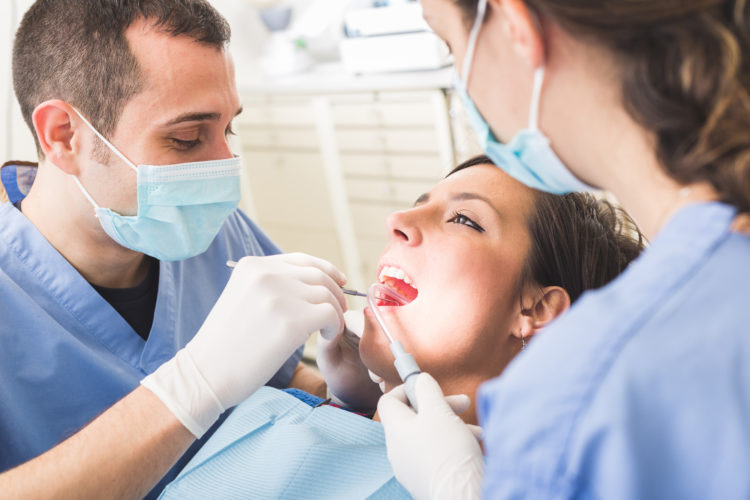
Alabama also moves up one place in the rankings this year. The state boasts a high percentage of high school graduation (89.3% of students) and high per capita public health funding ($115 per person). Areas that need work are the prevalence of diabetes (14.5% of adults) and the low number of dentists (41.8 per 100,000 population, which is the lowest of all states).
48. Arkansas
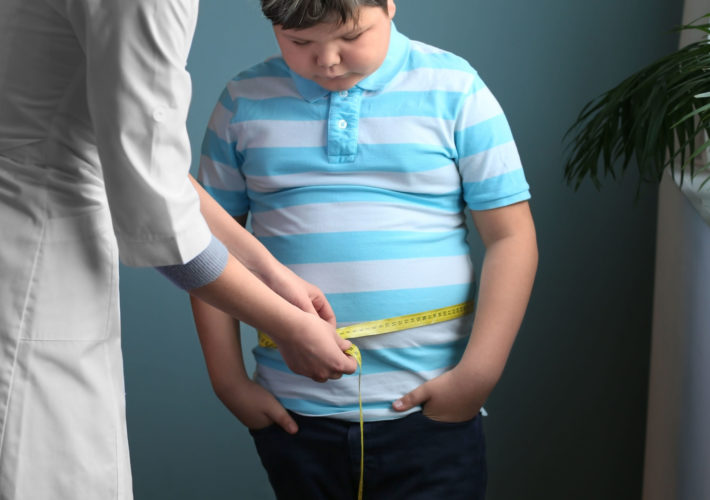
Dropping two places since last year, Arkansas ranks at No. 48 — the same spot it held in 2000 and 2010. Its challenges include a high prevalence of obesity (37.1% of adults) and a high percentage of children in poverty (24.7%). On the plus side, Arkansas has a high percentage of high school graduation and a low prevalence of excessive drinking (15.8% of adults).
49. Louisiana

Louisiana has ranked No. 50 on the rankings several times over the years, including 2018. This year, it’s one place away from the bottom. It’s the lowest-ranking state for the behaviors and community and environment categories and the second-lowest ranking for clinical care and outcomes. Problem areas include a high prevalence of obesity and a high percentage of children in poverty. However, it has a high number of mental health providers and high Tdap immunization coverage among adolescents.
50. Mississippi
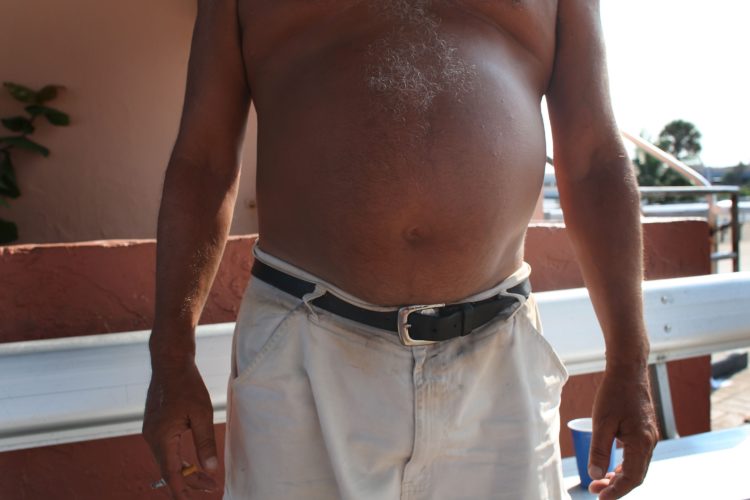
Mississippi falls one spot from last year, taking it to the bottom of the list. The state has a high infant mortality rate (8.6 deaths per 1,000 live birth compared with 5.8 deaths per 1,000 live births nationally) and a high prevalence of obesity (39.5% compared with 30.9% nationally). But it’s not all bad news. Mississippi has low prevalence of excessive drinking (13.8% compared with 18.2% nationally).
Sponsored Content


